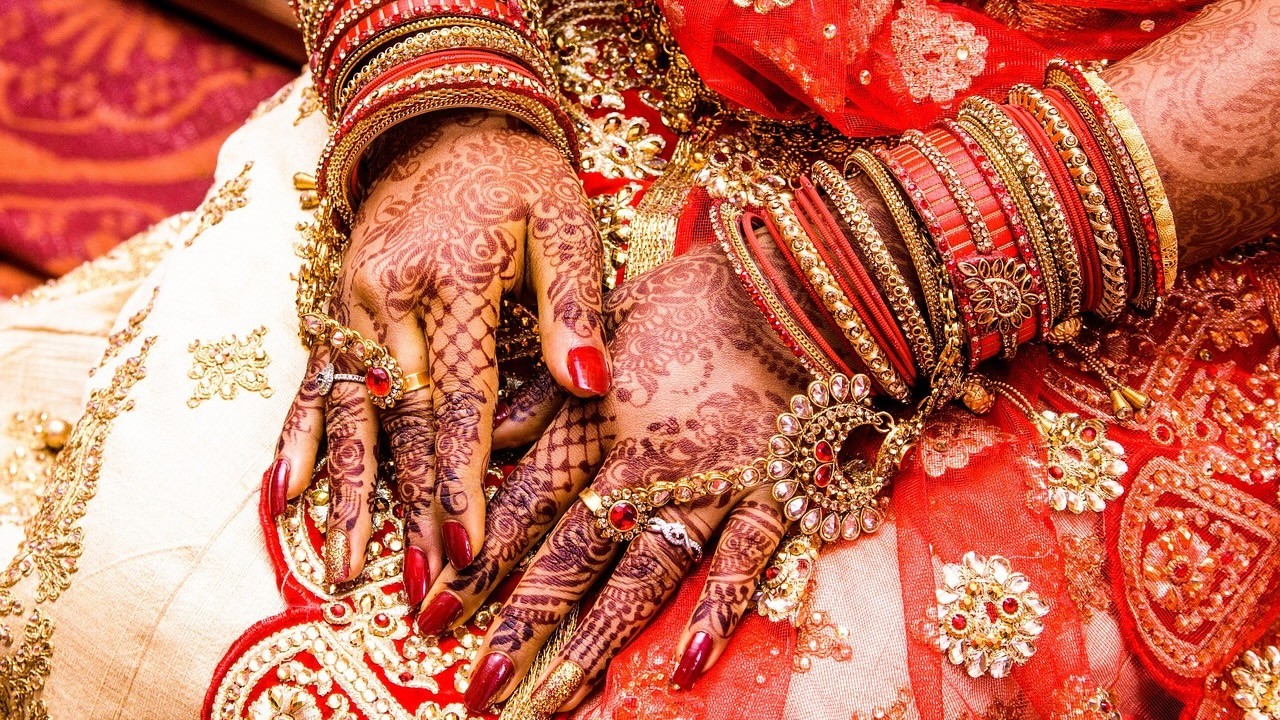(Mike Maharrey, Money Metals News Service) Rising gold prices have spurred investment demand, especially in the East, and helped drive Q2 gold demand to the highest level since 2016. In China, demand for gold bars and coins charted the second strongest quarter on record.
However, high prices put a drag on jewelry demand in the first quarter.
In volume terms, gold jewelry demand fell 21 percent year-on-year to 380 tonnes. However, in dollar terms, demand increased by 9 percent to $35 billion.
The Indian jewelry market captures aspects of both consumer and investment demand, offering a window into the push and pull that higher gold prices have on demand. It ranks as the biggest gold jewelry market in the world.
India reported a sharp 25 percent drop in jewelry demand to 71 tonnes. It was the lowest quarterly volume since Q3 2020. However, the value of that demand rose by 3 percent.

The price of gold has hit a record level in rupee terms, and the local price surpassed the key level of Rs.100,000/10g in late April. After a brief correction, the price has pushed back toward that psychologically significant level.
As Metals Focus described the Indian jewelry market dynamics, “This persistent strength has undermined consumers’ ability to buy gold jewelry.”
Indian consumers typically have a relatively fixed budget for jewelry purchases. Given the higher prices, it follows that sales volume would fall.
According to Metals Focus, the drop in discretionary spending for lower-priced daily wear jewelry was particularly pronounced, while wedding purchases were more resilient.
There was also a growing number of consumers exchanging old jewelry for new. Metals Focus analysts estimate that the share of exchange during Q1 was as high as 60 percent.
One result of this higher price environment could be the growth in the adoption of 14 and 18-karat jewelry. Jewelry retailers can stock more 14 and 18-karat pieces for the same capital outlay.
Gold jewelry is viewed differently in India than in the West. It is seen as not only an adornment but also an investment. Much Indian jewelry is made from 22-carat gold, as opposed to the 14- and 18-karat pieces more common in the U.S. and Europe. Many Indian families use gold jewelry as savings. According to Metals Focus, about 75 to 80 percent of the Indian jewelry sales are made up of 22-karat pieces.
In addition to a shift to lower-karat pieces, the jewelry trade introduced lighter-weight products across bridal and daily wear segments to offset the impact of rising prices.
According to Metals Focus, the sale of 14-karat gold jewelry has grown exponentially over the last few years.
“This segment includes modern, trendy, and lightweight design catering to the young demographic. Given that India has a large youth population, whose taste and style of dressing is far more western in nature, this category has seen its popularity grow, especially in urban centers.”
Deeply ingrained cultural views on gold will likely make the shift toward lower-purity gold jewelry slow. While many Indian consumers are currently suffering from sticker shock, if prices remain elevated, they will likely adjust their expectations. And as Metals Focus pointed out, the wedding jewelry market is much less elastic.
“Wedding-related purchases were more resilient, reflecting the essential nature of wedding demand and the fact that these purchases cannot be held back for a long period.”
On the other side of the demand coin, higher prices could incentivize more jewelry buying for investment purposes.
If gold prices continue to rise, it will be interesting to see how Indian consumers continue to adjust. One thing is pretty certain — they will likely find ways to have gold.
Mike Maharrey is a journalist and market analyst for Money Metals with over a decade of experience in precious metals. He holds a BS in accounting from the University of Kentucky and a BA in journalism from the University of South Florida.

